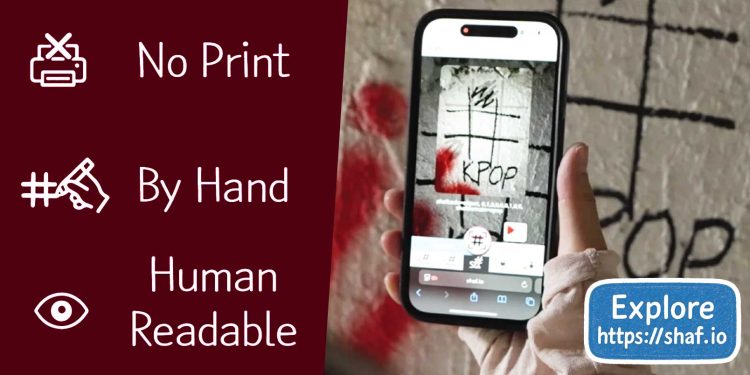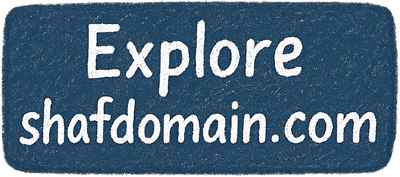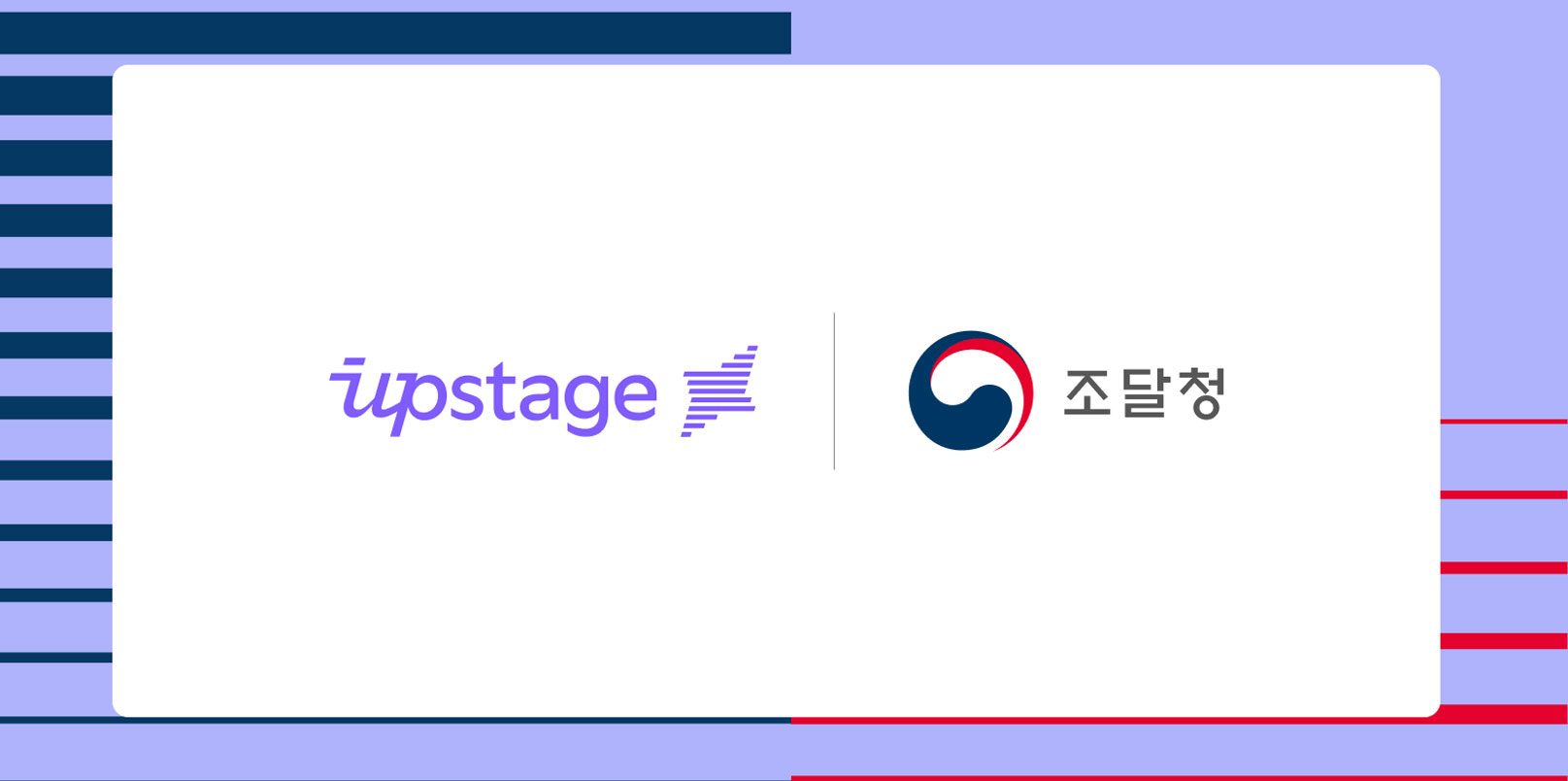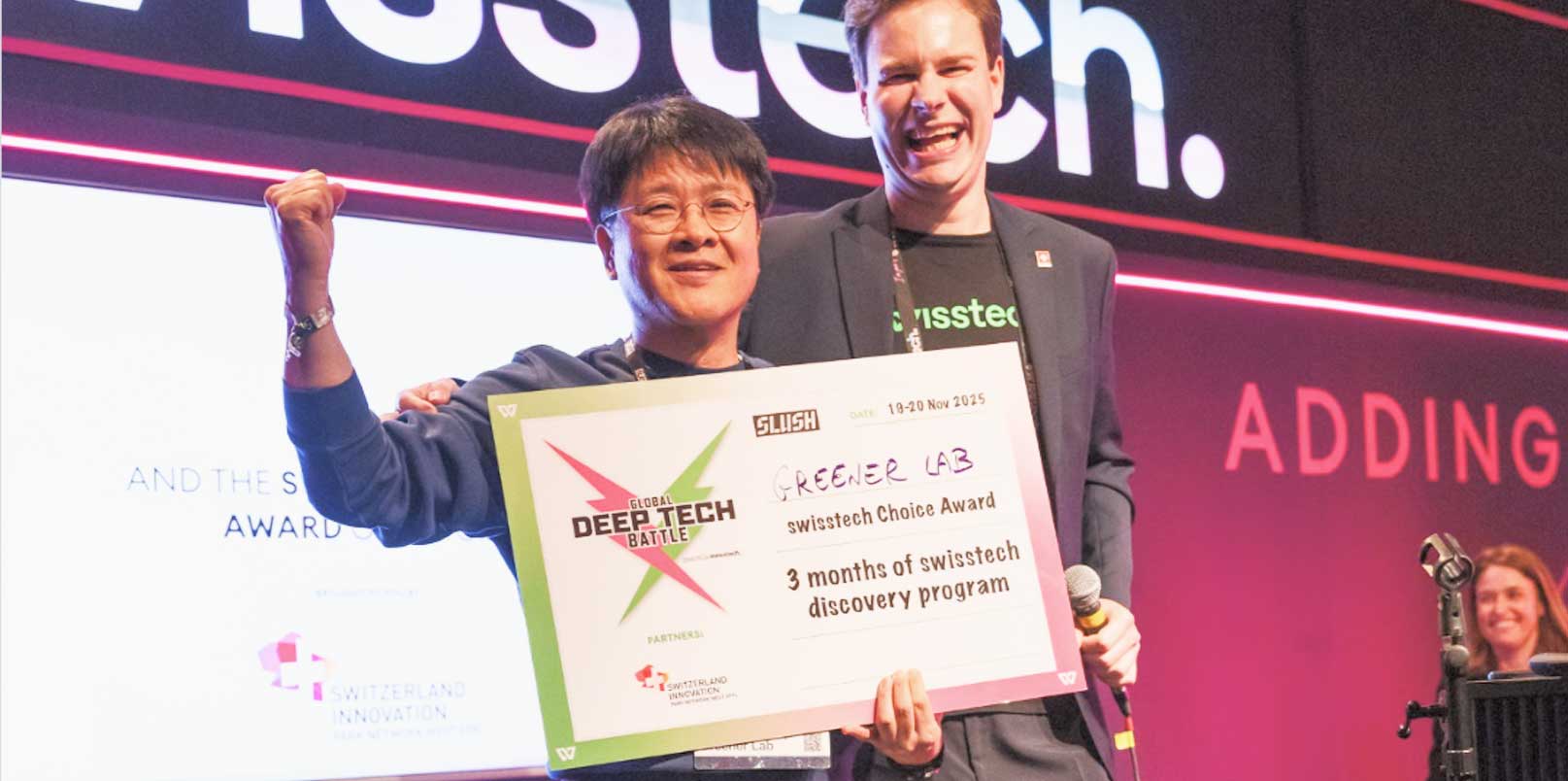As AI and automation dominate digital interfaces, a Korean inventor is rewriting the rules of connectivity—literally. With ShafCode, handwriting now turns into a bridge between the physical and digital worlds, bringing people closer to a future where people interact with technology through something as simple and personal as a drawn mark.
ShafCode: Personalized Human Touch in Digital Connectivity
While the modern tech scenes mostly rely on printed QR and advanced scanning technology, ShafCode managed to bring personal handwriting into the digital realm. Created by Namhyun Raymond Kim, the system allows users to draw a small 3×3 grid and pair it with a handwritten word that links directly to online content.
As Namhyun Raymond Kim describes,
“ShafCode is the world’s first hand-drawn offline URL system and a fully integrated domain framework that seamlessly connects online and offline.”
The project, developed along with the whole Shaf.io system, exemplifies Korea’s ongoing effort to design technology that remains intuitive, human-centered, and globally adaptable.

The Inventor Behind ShafCode
Namhyun Raymond Kim, a graduate of Chonnam National University’s Mechanical Engineering Department (2004), is a multidisciplinary inventor whose work spans engineering, publishing, motorsport design, and entrepreneurship. His patents range across e-commerce, biometrics, binary coding, and stationery.
This latest project, ShafCode, represents the outcome of his long exploration of how analog creativity can coexist with digital precision. Drawing from his engineering background and artistic curiosity, he envisions handwriting itself as a universal digital key.
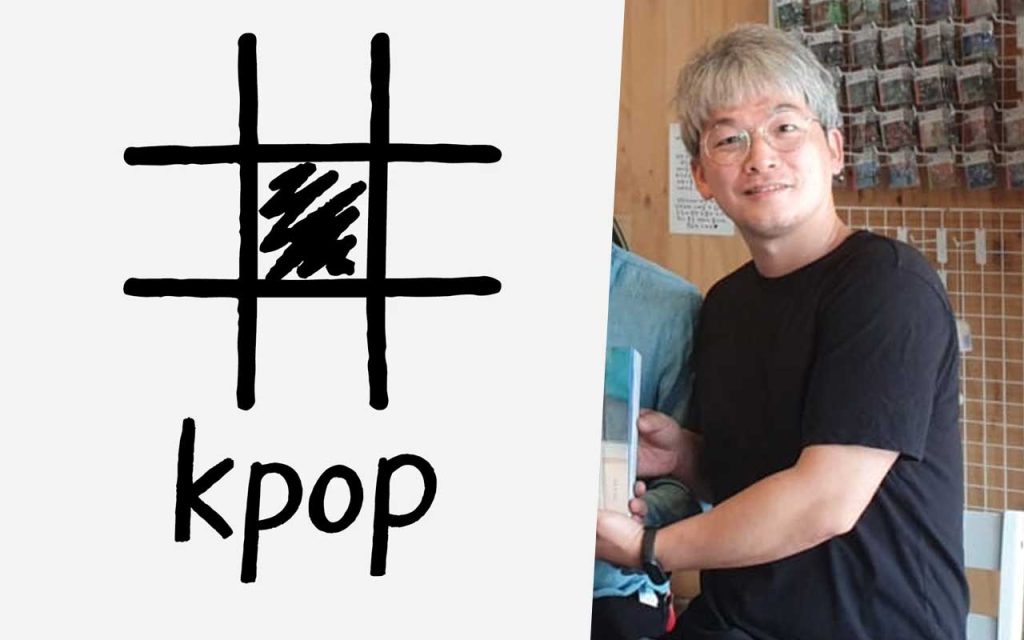
ShafCode: Binary System Rooted in Korean Innovation
ShafCode is built upon an earlier development called Mirion’s bCODE (2016), a 3×3 binary grid for linking online and offline information. Each cell in the grid represents a binary digit, allowing 512 unique combinations.
Through the whole Shaf.io system, users draw the grid pattern, write a chosen keyword, and link that pair to a webpage, file, or online asset. When someone scans it using the ShafScan web app, the system reads the pattern and the handwritten word, opening the linked content immediately.
Within this Shaf.io system, users register their own unique keywords—known as ShafDomains—such as “dream,” “coffee,” or “book.” Once claimed, the word becomes their exclusive digital space inside Shaf’s framework.
Each domain can host up to 512 different codes (for example, dream.shaf.io/001, dream.shaf.io/002, etc.), creating personalized offline-to-online links under one root domain.

Bridging Offline Behavior and Digital Identity
The basic intention of ShafCode is to make offline actions digitally interactive. The system does not rely on pre-printed QR codes or proprietary devices. Anyone can hand-draw a grid and link it to digital data using a browser.
In education, teachers can write a ShafCode next to a lesson topic so students can scan it later to access reference materials. In small businesses, handwritten codes can direct customers to menus, promotions, or feedback pages.
The system has also been demonstrated in simple IoT experiments—scanning a code can trigger a physical action through an Arduino relay, illustrating how handwriting can become a form of input.
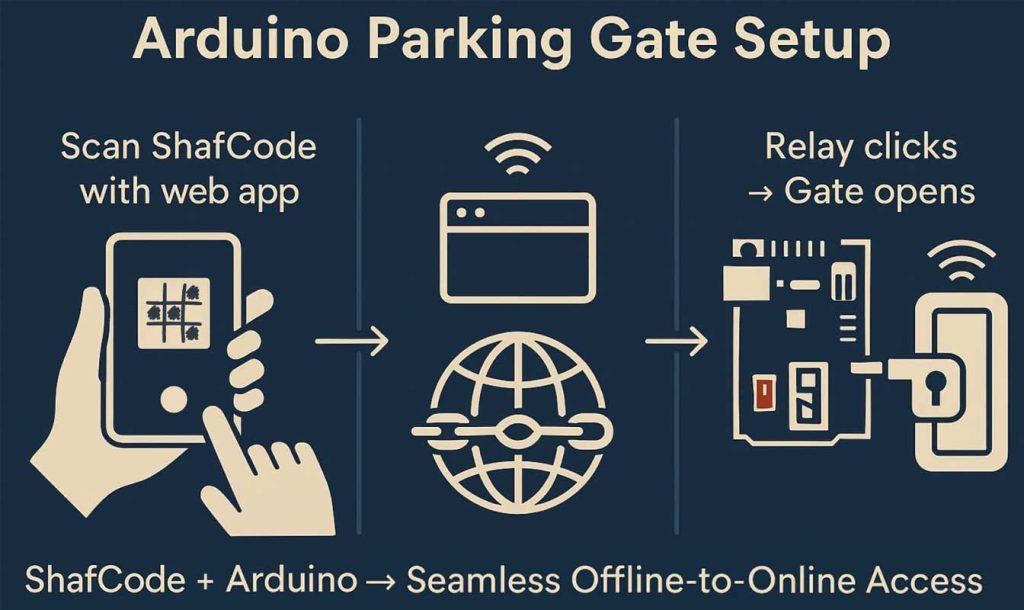
ShafCode’s algorithm, however, reads only its own grid pattern and handwritten keywords. Unlike AI-based search engines, the ShafScan does not recognize real-world objects such as brand logos or packaging.
Digital Ownership, Simplified with ShafDomain
Shaf.io’s structure gives users a sense of digital ownership without requiring blockchain or complex verification. Once a ShafDomain is registered, it cannot be duplicated or reused by another person. Owners keep their domain for life, provided they remain active within the ecosystem.
This model extends beyond simple linking—it touches the question of how users define and manage personal identity in hybrid spaces. The notion of owning a “word” that connects handwritten marks to digital content aligns with growing discussions on self-authorship and data provenance in AI-driven environments.
By combining manual creativity with cloud-based accessibility, ShafCode presents a distinctly Korean approach to human-centered computing, where handwriting becomes a digital interface rather than a nostalgic artifact.
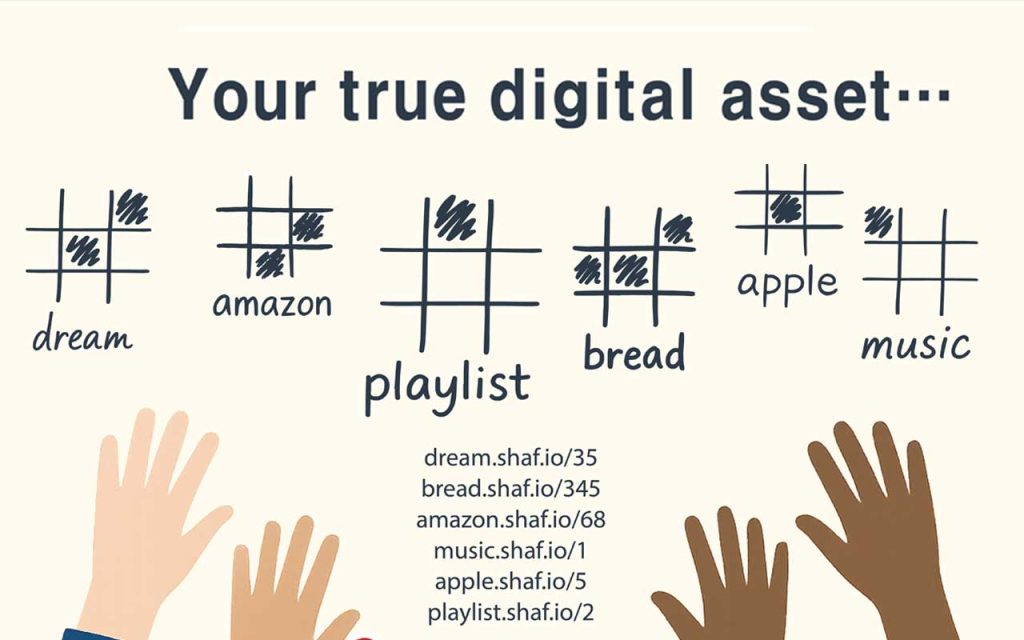
Korea’s Emerging Post-QR Experiment
South Korea’s digital infrastructure often leads global adoption cycles, from fintech payments to smart identification. ShafCode represents a more experimental frontier—rethinking interaction models at the intersection of art, engineering, and human communication.
Publicly, the company has confirmed outreach to large corporations including Apple, Google, Samsung, Huawei, Walmart, and Target, exploring collaboration or standardization possibilities. No formal contracts have been signed, but the ambition reflects Korea’s wider trend of exporting interface design and creative engineering as intellectual property.
For the Korean startup ecosystem, ShafCode demonstrates how innovation does not always require high hardware complexity. Instead, it reimagines something fundamentally human—handwriting—as a technology layer for connectivity.
Building a Human-Centered Platform for Everyday Use
The Shaf.io system operates as a progressive web app (PWA) rather than a native app, accessible through mobile or desktop browsers. Users can install it on their home screens and manage all data through its own Shaf.io-dedicated server.
Early integrations such as SUJI-IN, Kim’s previous bookmark and reading companion, suggest potential use in education and publishing. The company’s crowdfunding campaign also offers lifetime ShafDomain ownership at introductory rates, aiming to build an early user base and gather field feedback.
As with any emerging platform, its future depends on adoption, interoperability, and sustained technical reliability. Yet the underlying idea—making the human act of writing directly functional in the digital world—captures a uniquely Korean balance between design, utility, and imagination.
ShafCode: A Korean Vision for Humanized Technology
Yes, ShafCode may not replace QR codes entirely, but it offers a more personal and adaptable alternative. Instead of competing with existing systems, it actually complements them—giving users a way to customize how physical actions connect to digital spaces. This approach reintroduces a sense of personal authorship into digital connectivity.
And eventually for global readers tracking Korea’s innovation landscape, the ShafCode ecosystem provides a compelling case study in accessible, human-centered technology. It illustrates how Korean inventors continue to explore lightweight, inclusive methods for linking offline experiences with online networks.
Within Korea’s broader tech export strategy, ShafCode represents a creative philosophy that values human expression as much as automation.
Curious about ShafCode?
The project is seeking global supporters through a crowdfunding campaign on Indiegogo. Gain early access to the ShafDomain system and be part of Korea’s latest human-tech innovation.
– Stay Ahead in Korea’s Startup Scene –
Get real-time insights, funding updates, and policy shifts shaping Korea’s innovation ecosystem.
➡️ Follow KoreaTechDesk on LinkedIn, X (Twitter), Threads, Bluesky, Telegram, Facebook, and WhatsApp Channel.


